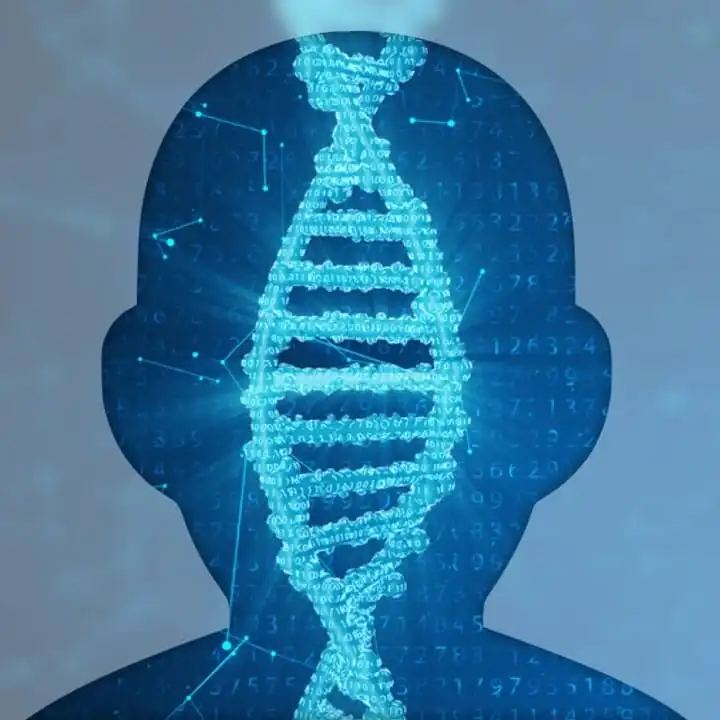What is Neurodevelopmental Disorder with Brain Abnormalities, Poor Growth, and Dysmorphic Facies (NEDBGF) (MRT36)?
Neurodevelopmental Disorder with Brain Abnormalities, Poor Growth and Dysmorphic Facies (NEDBGF) (MRT36) is a rare genetic syndrome that presents with intellectual disability and esotropia (which causes both eyes to turn inward).
Because Mental retardation is now generally referred to as intellectual disability (intellectual developmental disorder), formerly named Mental Retardation, Autosomal Recessive 36 (MRT36), is no longer used.
What gene changes cause Neurodevelopmental Disorders with Brain Abnormalities, Poor Growth, and Dysmorphic Facies (NEDBGF) (MRT36)?
Changes in the ADAT3 gene are responsible for causing the syndrome.
It is inherited in an autosomal recessive pattern.
What are the main symptoms of Neurodevelopmental Disorder with Brain Abnormalities, Poor Growth, and Dysmorphic Facies (NEDBGF) (MRT36)?
Among the main symptoms of the syndrome is moderate to severe intellectual disability. This is also accompanied by behavioral issues, including hyperactivity and aggression.
Esotropia (inward facing eyes) is a main symptom of the syndrome. Other facial and physical features include a small head as well as low muscle tone and a stiffness of the muscles (spasticity). Individuals generally have delayed and restricted growth and are underweight with a short stature.
Some affected individuals also present with cysts and atrophy of parts of the brain.
Possible clinical traits/features:
Autosomal recessive inheritance, Infantile onset, Microcephaly, Failure to thrive, Esotropia, Muscular hypotonia, Intellectual disability.
How is it diagnosed?
To find out if someone has a diagnosis of Neurodevelopmental Disorder with Brain Abnormalities, Poor Growth, and Dysmorphic Facies (NEDBGF) (MRT36), it is important to have a consultation and evaluation with a clinical genetic specialist. Specialists may also suggest specific genetic testing or other types of tests to help reach a diagnosis. FDNA’s AI technology can help speed up the diagnostic process by analyzing facial features and other health information.
